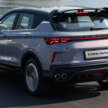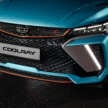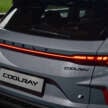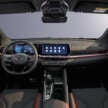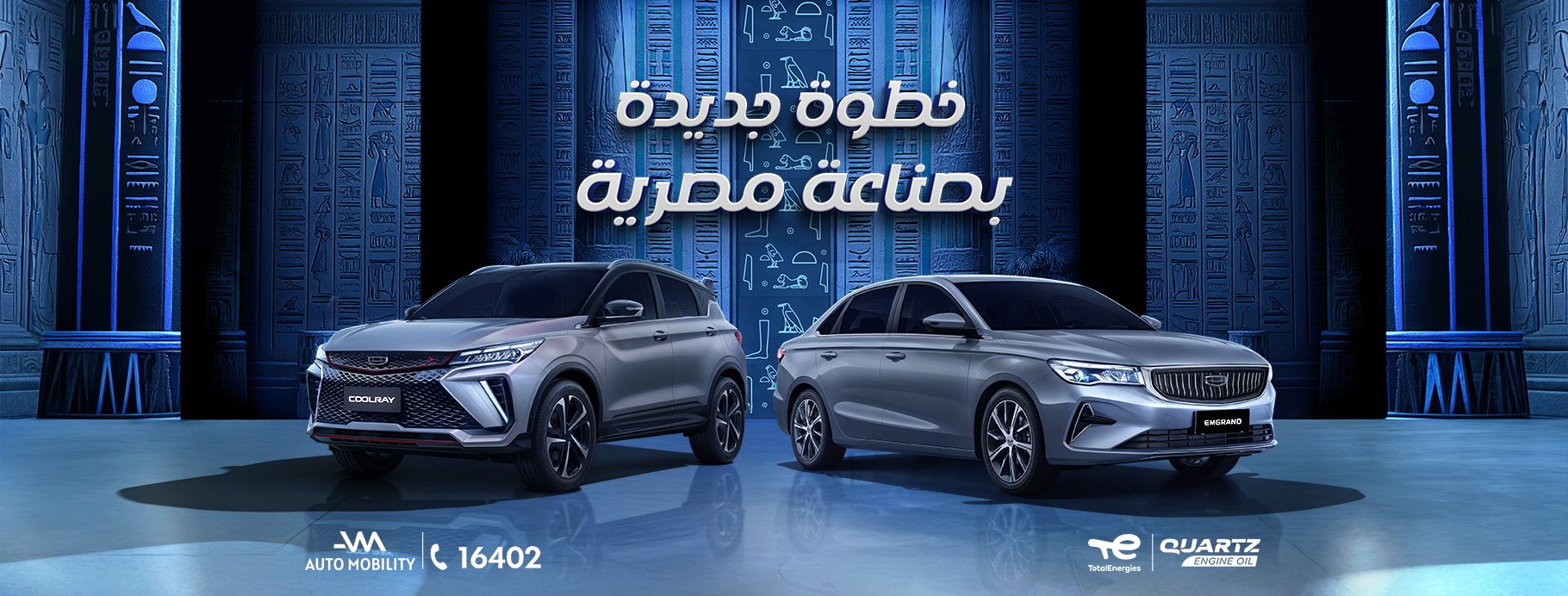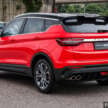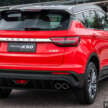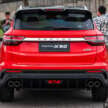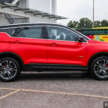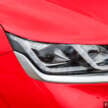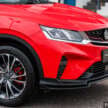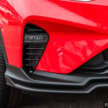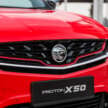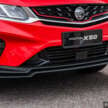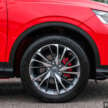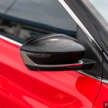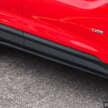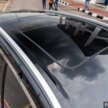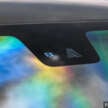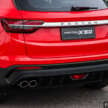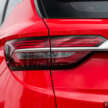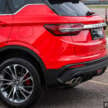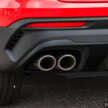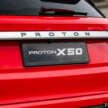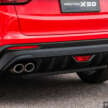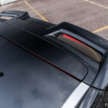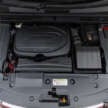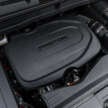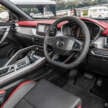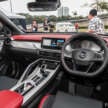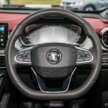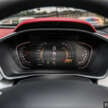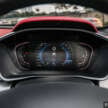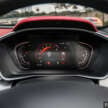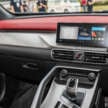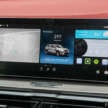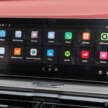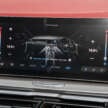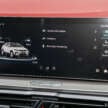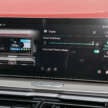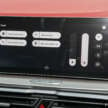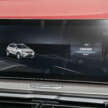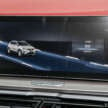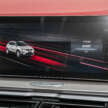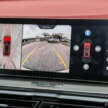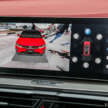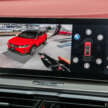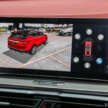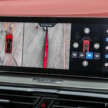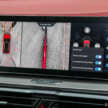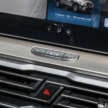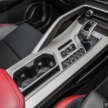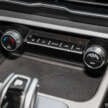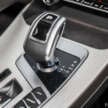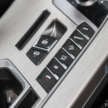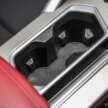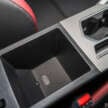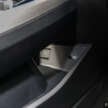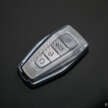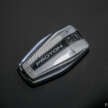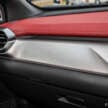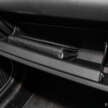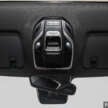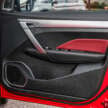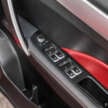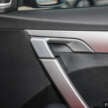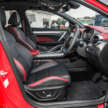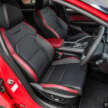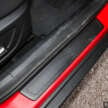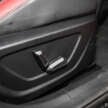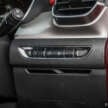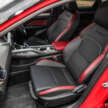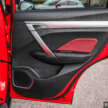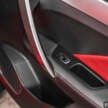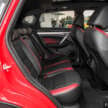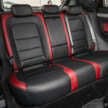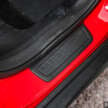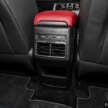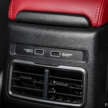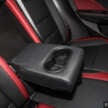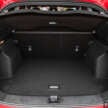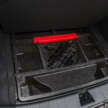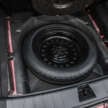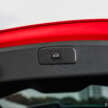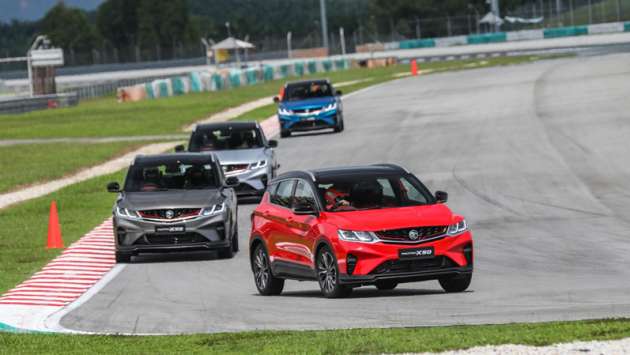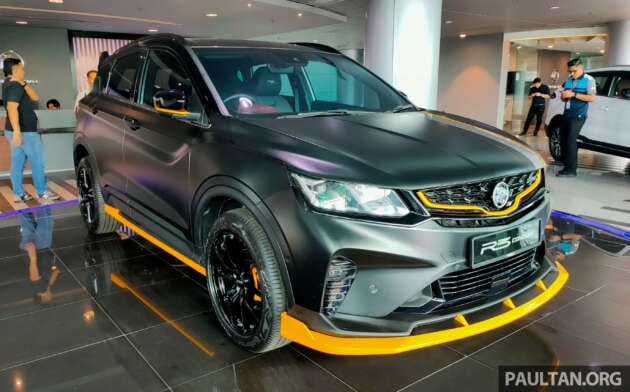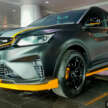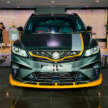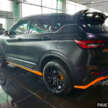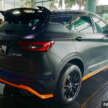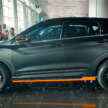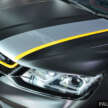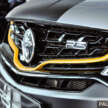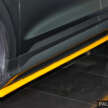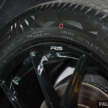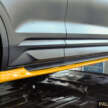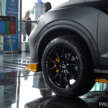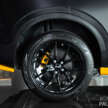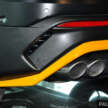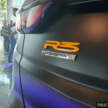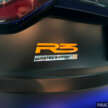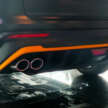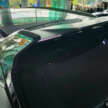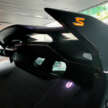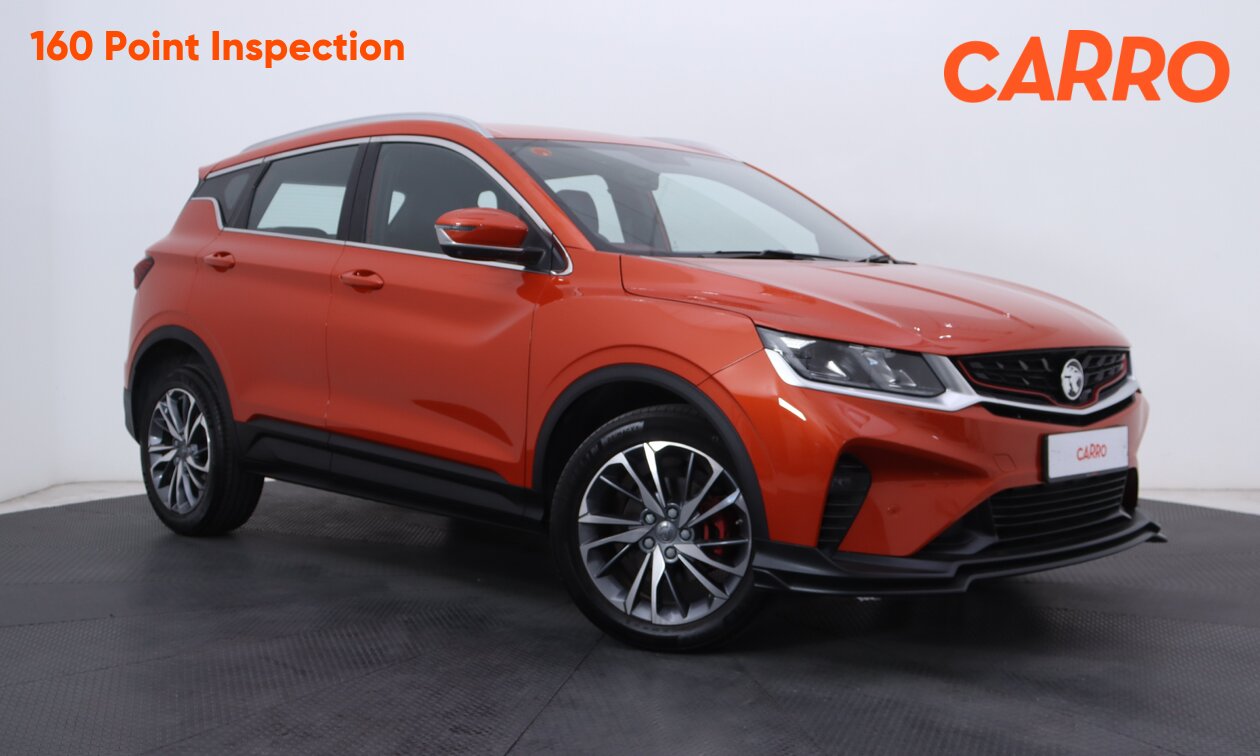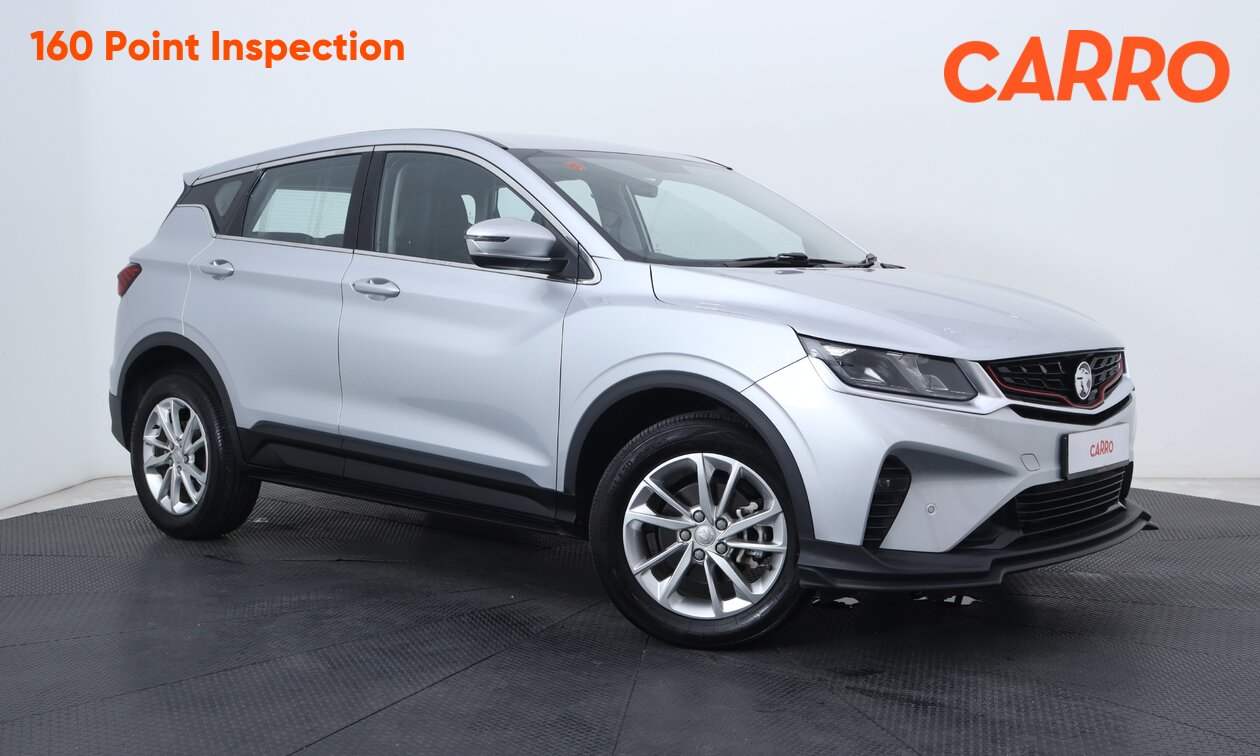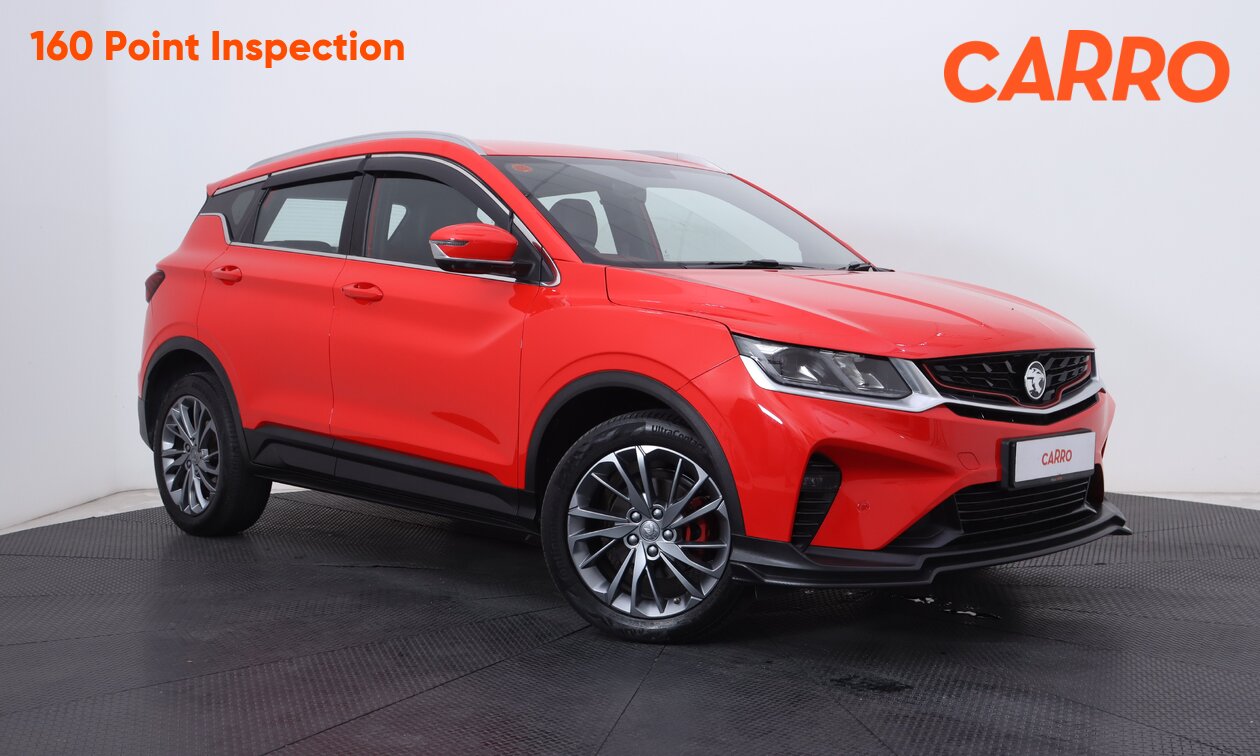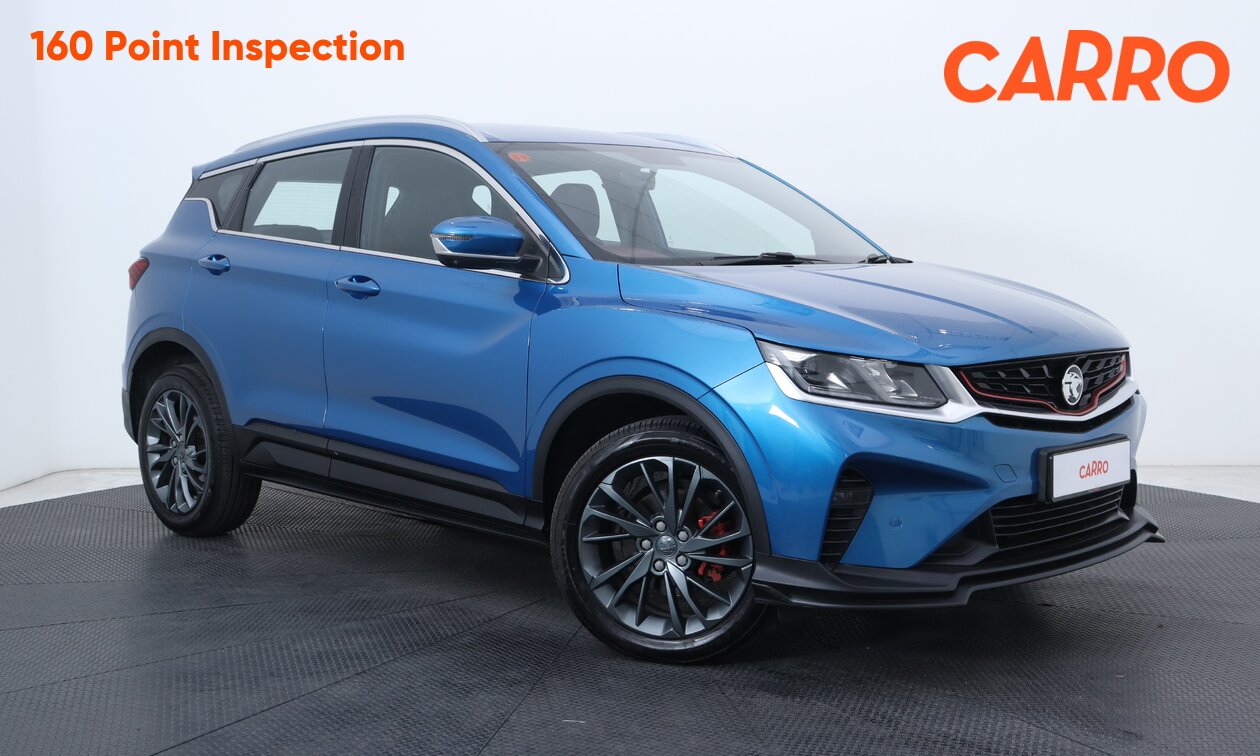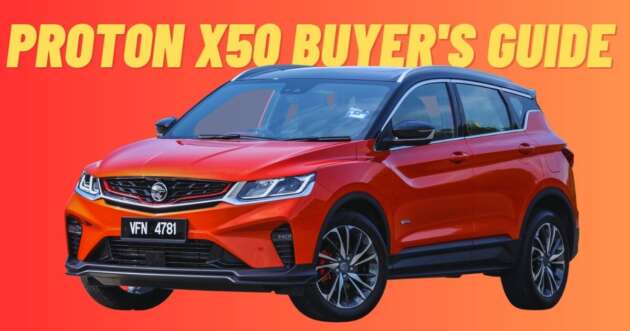
First launched in 2020, the Proton X50 is a B-segment SUV based on the Geely Binyue. It is the second model that Proton launched as part of a cooperation with its shareholder Geely.
The Proton X50, in all its variants, presents a modern, sporty, and distinctive exterior that should appeal to a wide range of buyers. If you’re considering buying one, what should you look for when buying a used or new Proton X50? Here’s a guide to help you with your purchase.
Proton X50 Exterior
At the front of the X50, you’ll find Proton’s signature “Infinite Weave” grille, surrounded by a striking Auburn Red strip that frames the roundel badge. This design is further accented by sharp LED headlights, large air intakes, and a front spoiler that seamlessly transitions into the black plastic body cladding. The only variant not equipped with LED fog lights in the corner inlets is the base Standard model.
The X50’s rear design features trapezoidal LED tail lights with triple light guides, complemented by a full-width chrome strip carrying the Proton script. The car’s sporty look is further emphasized by the massive diffuser and four genuine exhaust pipes. Unlike other markets, the design team opted not to include an ostentatious rear wing, keeping the overall look sleek and modern.
The range-topping Flagship variant is distinguished by a two-tone exterior, featuring a black roof and black side mirror caps. The careful design ensures that the joint of the A-pillar lines up neatly with the bonnet, making the two-tone colour scheme look less like an afterthought. It also comes with the TGDi badging on the sides, signifying the more powerful engine exclusive to this variant.
Proton X50 Interior
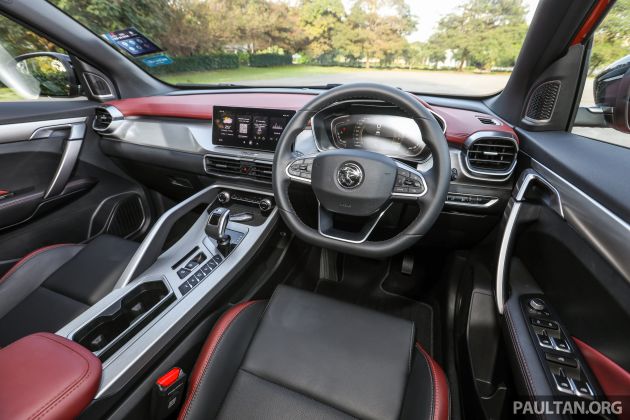
The Proton X50 SUV boasts a modern and minimalist interior design inspired by jet fighters, featuring a dashboard with faux stitching, metal-look trim, a tall center console, and jet fighter-inspired air vents.
There is also ample storage space under the center console, equipped with a USB port and a 12-volt socket. Premium and Flagship models further enhance the visual appeal with a full red-and-black color scheme and soft-touch materials on the dashboard and front door panels.
The SUV comes equipped with the latest version of the Geely Key User Interface, GKUI 19, which is more responsive than its predecessor. It features a redesigned interface with cleaner tiles and permanent menu buttons. The Standard and Executive models have an eight-inch touchscreen and an analog instrument cluster, while the Premium and Flagship models boast a larger 10.25-inch display and a seven-inch digital instrument cluster.
Lastly, an integrated eSIM connects the car to the Proton Link smartphone app, allowing users to remotely check the vehicle’s status and control certain functions, including starting the car. This feature adds a layer of convenience for the user.
Proton X50 Specs and Pricing
Here’s a comparison of the four models of the Proton X50:
Standard – price RM79,200 at launch, now RM86,300
- 1.5 litre three-cylinder turbocharged engine with multi-point fuel injection, 150 PS (147 hp) at 5,500 rpm, and 226 Nm between 1,500 to 4,000 rpm.
- Seven-speed dual-clutch automatic transmission.
- Four airbags.
- Full LED projector headlamps, gloss black grille with red outline, lower splitter with carbon-fibre print, and silver 17-inch wheels.
- Inside, it comes with a polyurethane steering wheel and full black fabric seat upholstery with contrast stitching.
- Keyless entry, push-start ignition, and remote engine start.
- Electronic parking brake with auto hold, manually-adjustable driver’s seat, four speakers, manual air-conditioning with a N95 cabin filter and dedicated rear air vents, three USB chargers and a reverse camera.
Executive – price RM84,800 at launch, now RM93,300
- The same engine and transmission as the Standard model.
- Additional front parking sensors, LED fog lamps, and an automatic function for the headlamps.
- Inside, there’s a leather-wrapped steering wheel, full black leatherette (faux leather) upholstery, and two additional airbags.
- Comes with a smaller eight-inch touchscreen central display that supports “Hi Proton” voice commands, online navigation through AMAP, online music streaming through Joox, Bluetooth, and smartphone connectivity, along with a reverse camera.
Premium – price RM93,200 at launch, now RM101,800
- The same engine and transmission as the Standard and Executive models.
- Additional red brake callipers, 18-inch dual-tone alloy wheels, silver-coloured roof rails, and front welcome lamps on the side mirrors.
- Inside, it features a two-tone interior, with a lot of dark red contrast tones on the dashboard’s top panel, the door cards, and centre armrest.
- Power adjustable driver’s seat, full digital instrument cluster, and a 10.25-inch touchscreen with additional functionalities.
- Automatic climate control (single-zone), six speakers, tyre-pressure monitoring system, full set of cameras for the 360-degree parking camera system.
- Auto up for all windows (the lower variants get auto down for all windows, but auto up only for the driver).
Flagship – price RM103,300 at launch, now RM113,300
- A different 1.5 litre turbocharged three-cylinder engine with a direct-injection system, 177 PS (174 hp) at 5,000 rpm, and 255 Nm between 1,500 to 4,000 rpm.
- The same transmission as the other models.
- Two-tone exterior with a black roof and black side mirror caps, TGDi badging on the sides.
- Inside, extra bits include a full panoramic sunroof with a powered sunblind cover, auto-dimming rear-view mirror, and automatic rain-sensing wipers.
- The variant also includes an Advanced Driver Assistance System (ADAS), which includes Forward Collision Warning with Autonomous Emergency Braking (AEB) in its suite.
Proton X50 Fuel Efficiency
We had a look at the Proton X50 owner reviews on CarBase.my and we estimate the Proton X50’s fuel efficiency to be approximately 10.5 litres per 100 km. That translates to about 9.5 km per litre.
We also had a look at Fuelly data for the Proton X50. The average km per litre reported Fuelly is around 10 km per litre, which is close to the CarBase.my data.
Proton X50 Real Owner Feedback
Here’s a summary of some of the common pros and cons of the Proton X50 according to owner reviews on CarBase.my. If you have a Proton X50, you can submit your owner review as well.
Pros:
- Low NVH (Noise, Vibration, Harshness)
- Decent power even on the non-GDI engine in the executive variant
- Good build quality
- Comfortable ride, suitable for all kinds of drivers and experience levels
- Good handling and stability
- Hi Proton (AI assistant) is more useful than initially expected by some owners
- Relatively spacious backrow with ample leg room
- The DCT gearbox is superb and gives a smooth acceleration
- The exterior and interior design is appreciated by many, feels premium for the price range
- Powerful engine, one review even claimed it as one of the most powerful SUVs in its category
Cons:
- Wind noise is noticeable after around 80-100 km/h
- Some owners experienced issues with the infotainment system crashing
- The boot space is considered small by some owners
- Several owners felt there are too many unnecessary warning sounds, which comes with the territory of having an ADAS safety system
- After-sales service was criticised as having issues with spare parts
- Some other specific issues mentioned include a headrest that is too far forward, a poor field of view from the side mirror, and rattling sounds from the dashboard and boot after a year of usage
The experience of owners and thus owner reviews can vary greatly based on individual preferences and experiences. Therefore, while these reviews provide some insights into the experiences of some Proton X50 owners, they may not fully reflect the experiences of all owners.
Proton X50 Problems
Based on research, there are a few notable problems with the Proton X50 that you should look out for when you inspect a used Proton X50 for a purchase consideration.
Firstly, there are reports of unusual battery drain, where the battery dies and as a result the car cannot start. Although the Proton X50’s warranty is 5 years, it doesn’t cover the battery for the same period. If you are buying a certified used car from vendors such as myTukar, look at the inspection report. Under the Underbody and Under the Hood section, there will be a line item for Battery. In this case, a tested voltage above 12.25 V and age less than 1.5 years old is considered a pass.
Source – Proton X50 whistling sound on FB
Next, there are reports of whistling-like wind noise from the wing mirror area. This issue is said to have been fixed on newer models. We have also seen users post solutions which involve adding soundproofing material on the inside of the side mirror mount which reportedly solves the issue.
There are also reports of rattling from the undercarriage. These is an issue that can be addressed by the service centre. Most of the time this is an easy fix, just tightening in the undercarriage. Any random noises should be able to be picked up under the Road Test Check section of a certified used car’s report.
Finally, there are some reports of electronic parking brake failure. This would be claimable under warranty. Any issues with the brake system would be reported under the inspection report’s brake section. You can also easily test this functionality when you inspect the car.
The experience of owners and the problems they face with their cars can greatly vary based on individual experiences. Therefore, while this list of common issues can provide some insight into potential issues you may face with the Proton X50, they may not fully reflect the experiences of all owners.
Proton X50 Used Car Prices
As of time of publishing (June 2023), these are the prices of a inspected and certified used Proton X50 based on a quick survey on myTukar.
A 2022 Proton X50 flagship currently goes for around RM99k-RM100k, with mileage generally below 30,000 km. If you move to a year older at 2021, you can find price ranges from between RM97k to RM99k, with mileage ranging from as low as 21,000 km up to 58,000 km. You can find a X50 flagship for as low as RM90k for a 2020 model.
For the lowest entry point into Proton X50 ownership possible, you can go for the Proton X50 Standard model which can be bought for RM80k for a 2022 model with mileage under 20,000 km.
Proton X50 Used Cars in Stock
Here’s the latest 5 Proton X50 listed on myTukar’s Certified Pre-Owned inventory.
From RM 754 a month
RM 68,800
From RM 765 a month
RM 69,800
From RM 754 a month
RM 68,800
From RM 820 a month
RM 74,800
From RM 754 a month
RM 68,800
Want to read more on the Proton X50?
We have covered the Proton X50 extensively in the past. Here are some stories you can read to learn more about the Proton X50.
Taking delivery of my own Proton X50 – Hafriz Shah
Hafriz Shah details his experience taking delivery of his own Proton X50 Flagship, which he bought to replace his Peugeot 208 GTi.
Proton X50 Review – detailed look at the pros and cons
A 60 minute long video offering a full, comprehensive review of the X50, covering all that’s good and bad on the hot B-segment SUV.
2020 Nissan Almera Turbo vs Honda City 1.5L, Proton X50 – we compare maintenance costs up to 100k km
We compare the maintenance costs of the Proton X50 against other common purchases in the same price range which is the Honda City and the Nissan Almera Turbo.
2020 Proton X50 1.5T Standard – first look at the entry-level RM79,200 variant, is the base spec SUV OK?
Should you save some money and buy the Standard version of the Proton X50 instead of going all out and buying the Flagship? We go into detail with the Standard version here.
2020 Proton X50 versus the X70 and Honda HR-V – we compare servicing costs over five years/100,000 km
We compare the Proton X50’s servicing costs against other SUV rivals including Proton’s very own X70, and the Honda HR-V. Note that at time of publishing this story, the new Honda HR-V had not been launched yet so this is the previous gen Honda HR-V being compared.
Proton X50 Community Malaysia (PX50CM)
Lastly, we recommend you check out the Proton X50 Community Malaysia Facebook Group to read what other Proton X50 owners say about their cars.
Read The Full Story ›




































































